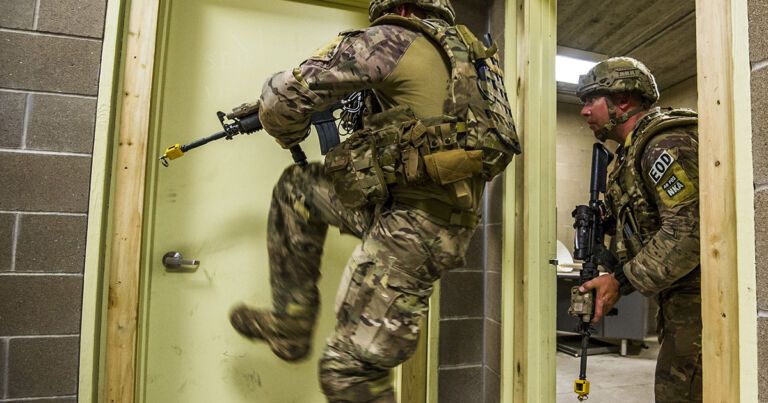Cambodia has razed a US-funded defence facility on its southern coast, the deputy prime minister confirmed Sunday, the latest move in the ongoing controversial expansion of a strategically crucial naval base being developed with Chinese aid.
The Wall Street Journal reported last year on a secret draft deal allowing China to dock warships at the Ream naval base near the kingdom’s coastal city of Sihanoukville.
But Cambodia — awash in recent years with Chinese investments — has strenuously denied the report, although strongman premier Hun Sen has said aid from Beijing will fund the naval base’s development.







